Muscle cars weren’t just fast—they were cultural earthquakes. Built for the strip and sold to the streets, these machines redefined what performance looked and sounded like in America. From big block brawlers to factory-built racers, here are ten classic muscle cars that left permanent tire marks on American car culture.
1964 Pontiac GTO
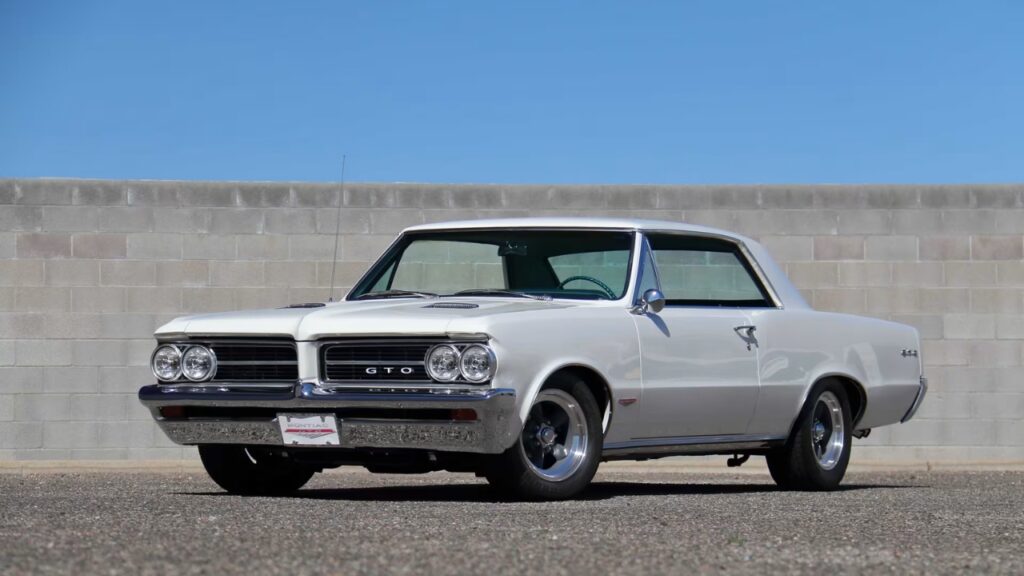
The GTO is often credited as the car that kicked off the muscle car era. Pontiac took a midsize Tempest, dropped in a 389-cubic-inch V8, and created something that didn’t follow the rules. The optional Tri-Power setup gave it 348 horsepower and made it a quarter-mile menace.
It wasn’t just about the numbers. The GTO was affordable, looked sharp, and tapped into a growing appetite for speed. It turned dealerships into drag strips and proved performance could be packaged for the masses.
1970 Chevrolet Chevelle SS 454 LS6

Chevy didn’t pull punches with the Chevelle SS 454 LS6. With a factory rating of 450 horsepower from its 454-cubic-inch big-block, it was one of the most powerful muscle cars ever built. It wasn’t subtle either—cowl induction hood, racing stripes, and a throaty exhaust let everyone know what it was about.
The LS6 dominated stoplight showdowns and made a name for itself at the strip. It helped define the era of high-displacement, high-horsepower street cars that pushed the limits of what was possible on public roads.
1969 Dodge Charger R/T
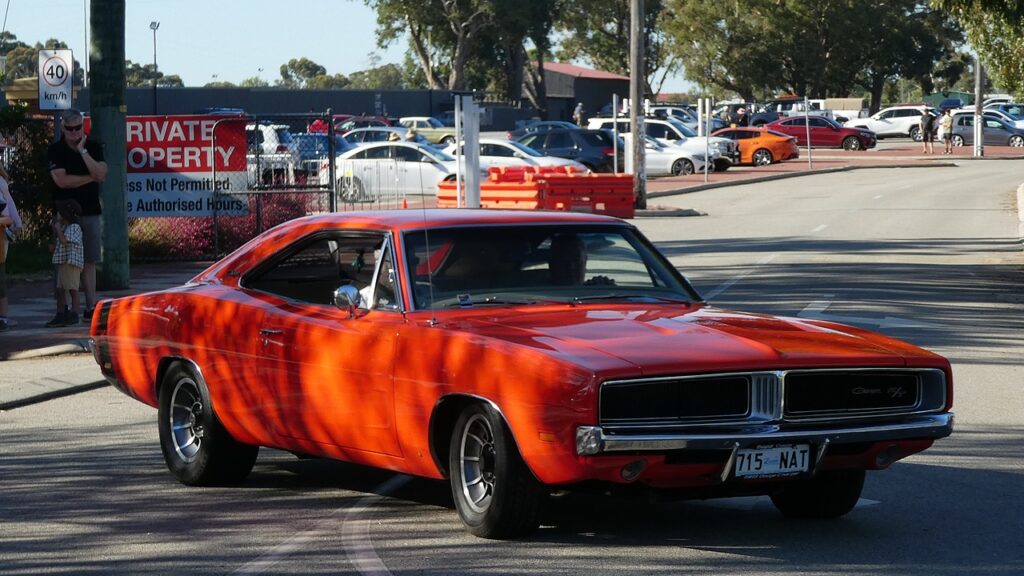
The ’69 Charger R/T combined brute power with one of the most recognizable designs of the era. It came with multiple engine options, including the legendary 426 HEMI V8 pushing 425 horsepower. But the car’s biggest fame came from TV and film.
Thanks to “The Dukes of Hazzard” and “Bullitt,” the Charger R/T became a cultural icon. It proved that looks, sound, and attitude could be just as important as quarter-mile times in cementing a muscle car’s legacy.
1970 Plymouth HEMI ‘Cuda
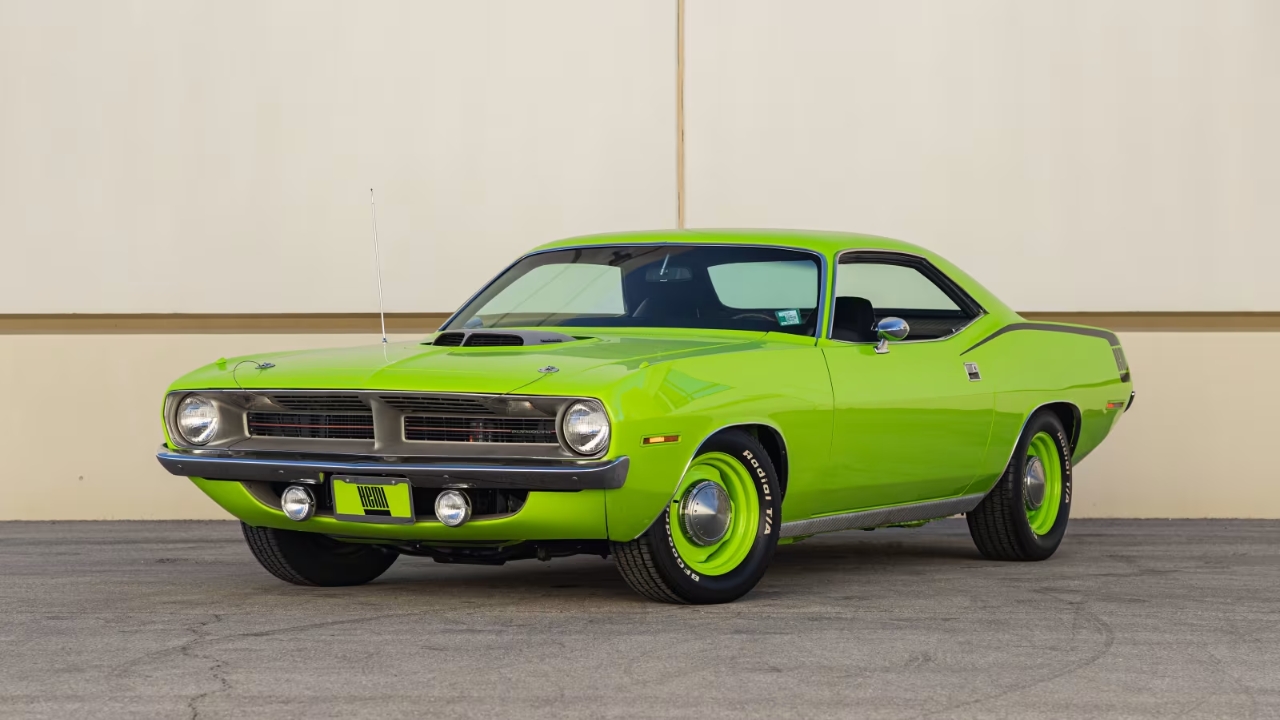
If the Charger was the muscle car celebrity, the HEMI ‘Cuda was the underground street racer with a short fuse. The 1970 model with the 426 HEMI was loud, raw, and brutally fast. It made 425 horsepower and looked like it was ready to pick a fight.
With its shaker hood, hockey-stick stripes, and low production numbers, the ‘Cuda became a prized catch among collectors. It wasn’t just a muscle car—it was a warning shot in the horsepower wars of the early ’70s.
1965 Shelby GT350
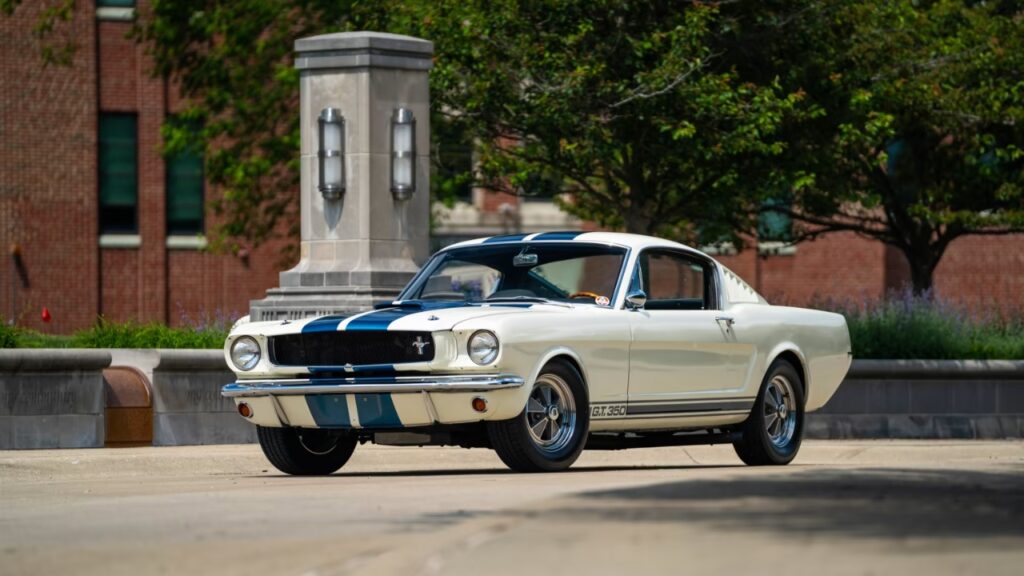
Carroll Shelby took a Ford Mustang, added racing hardware, and created something different from the usual muscle car formula. The GT350 wasn’t just about straight-line power—it handled, braked, and cornered with precision.
Its 289-cubic-inch V8 made 306 horsepower, but its real strength was how it brought European-style performance to an American platform. The GT350 blurred the lines between sports car and muscle car and proved that pony cars could be legitimate track weapons.
1970 Buick GSX Stage 1
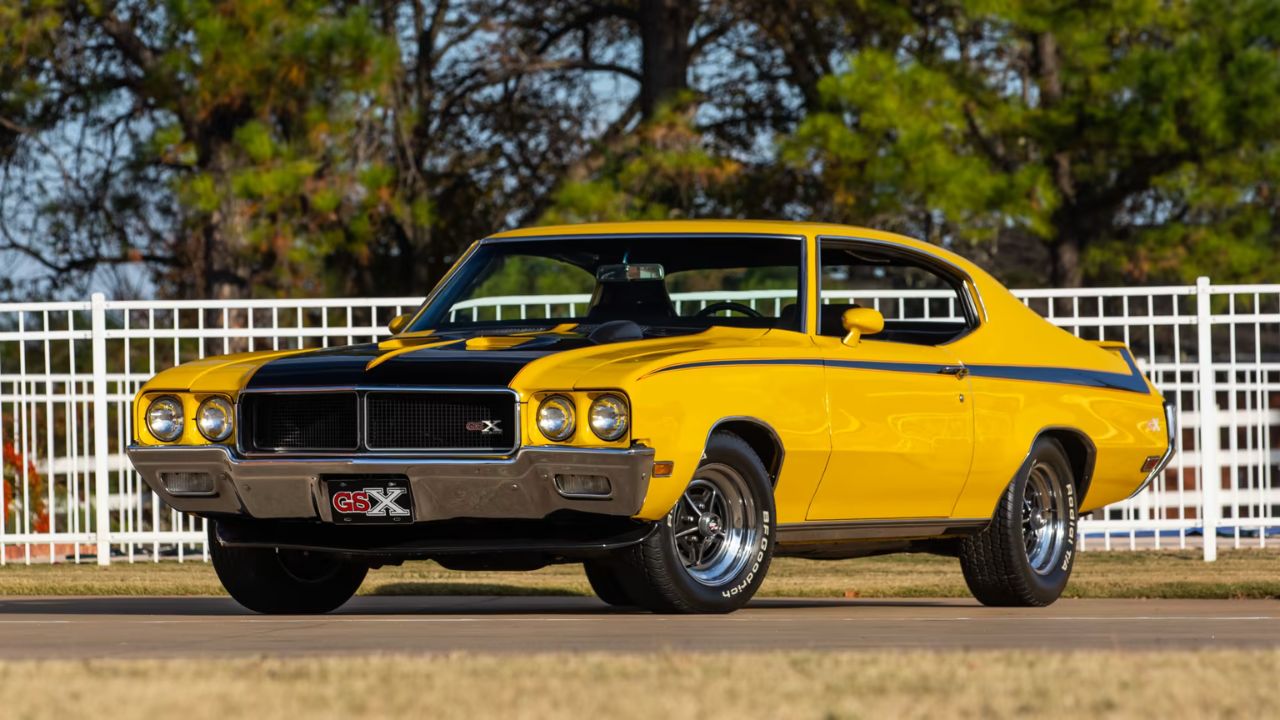
The GSX Stage 1 was Buick’s way of saying luxury and muscle didn’t have to be mutually exclusive. Its 455-cubic-inch V8 made a crushing 510 lb-ft of torque, more than any of its rivals. In the right hands, it could run low-13s in the quarter.
What set it apart was how refined it felt doing it. Buick packed it with creature comforts while giving it the power to hang with the big names. It showed that muscle could wear a suit and still throw a punch.
1969 AMC AMX
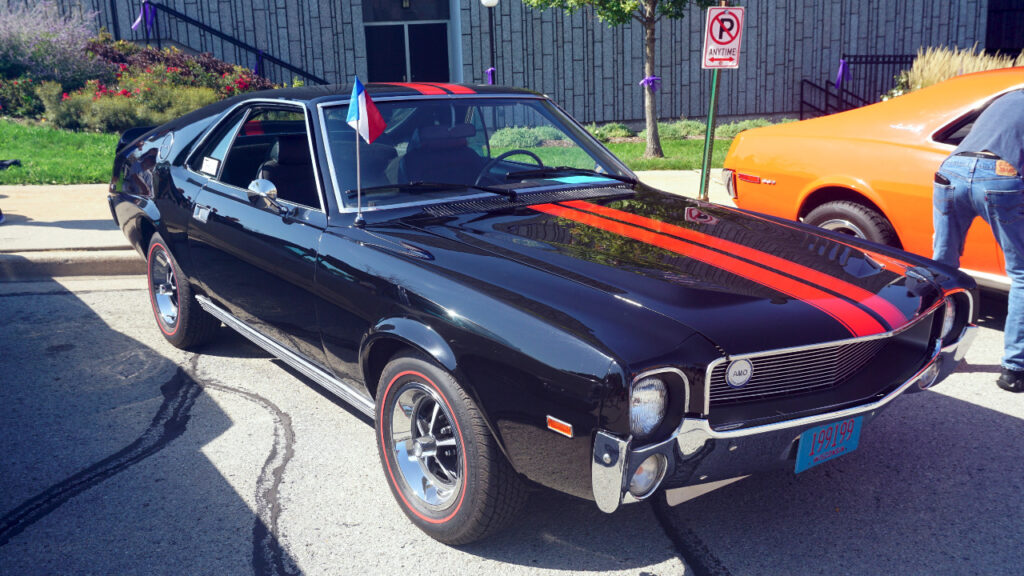
AMC was the underdog, but with the AMX, they built a muscle car that could actually run with the big boys. It was short, lightweight, and came with several V8 options—including a 390-cubic-inch engine producing 315 horsepower.
The AMX had a shorter wheelbase than most of its rivals, giving it surprisingly nimble handling. It even set speed records on the Bonneville Salt Flats. It proved that you didn’t need a massive budget or a big name to build something that mattered.
1971 Ford Mustang Mach 1 429 Super Cobra Jet
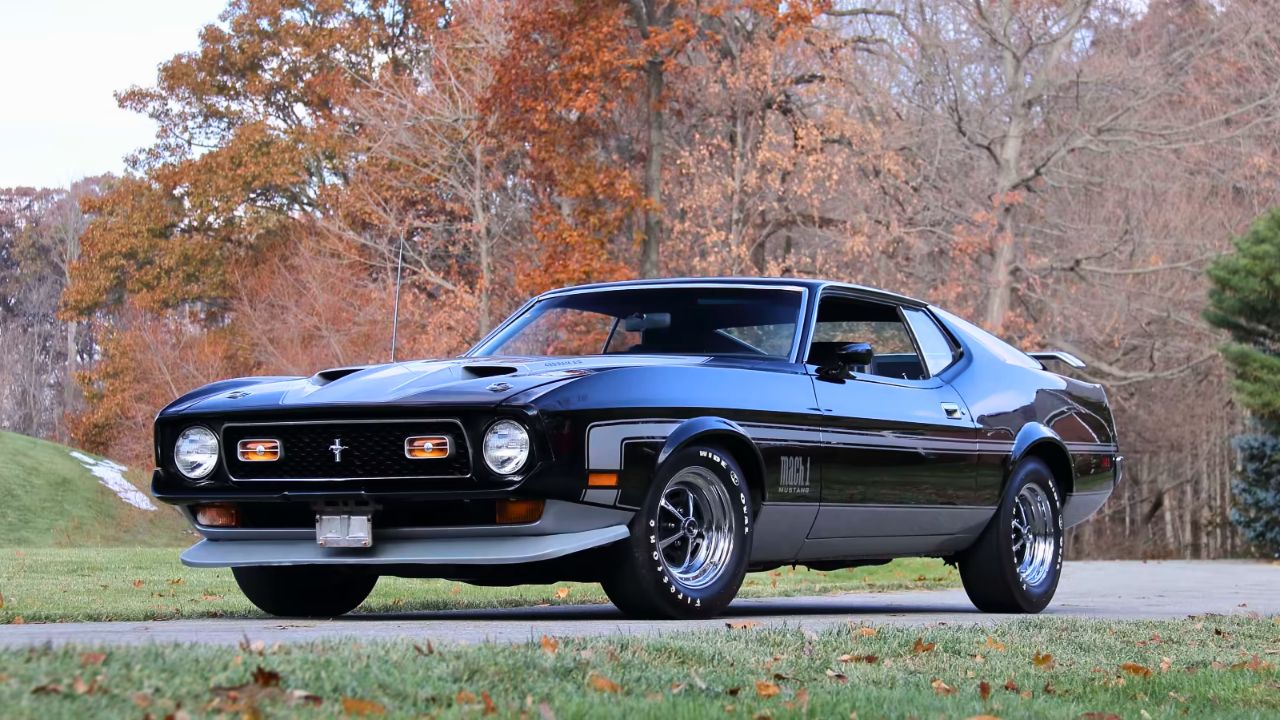
By 1971, the Mustang had bulked up, and the Mach 1 429 SCJ was its final form. With the Drag Pack option, this Mustang came with a 429-cubic-inch V8 rated at 375 horsepower, an oil cooler, and a 3.91 or 4.11 rear gear.
It wasn’t the lightweight pony car from 1965 anymore—but it still moved like one. The 429 SCJ version was aimed squarely at the drag strip and gave Ford fans something to brag about during the last gasps of the true muscle car era.
1970 Oldsmobile 442 W-30
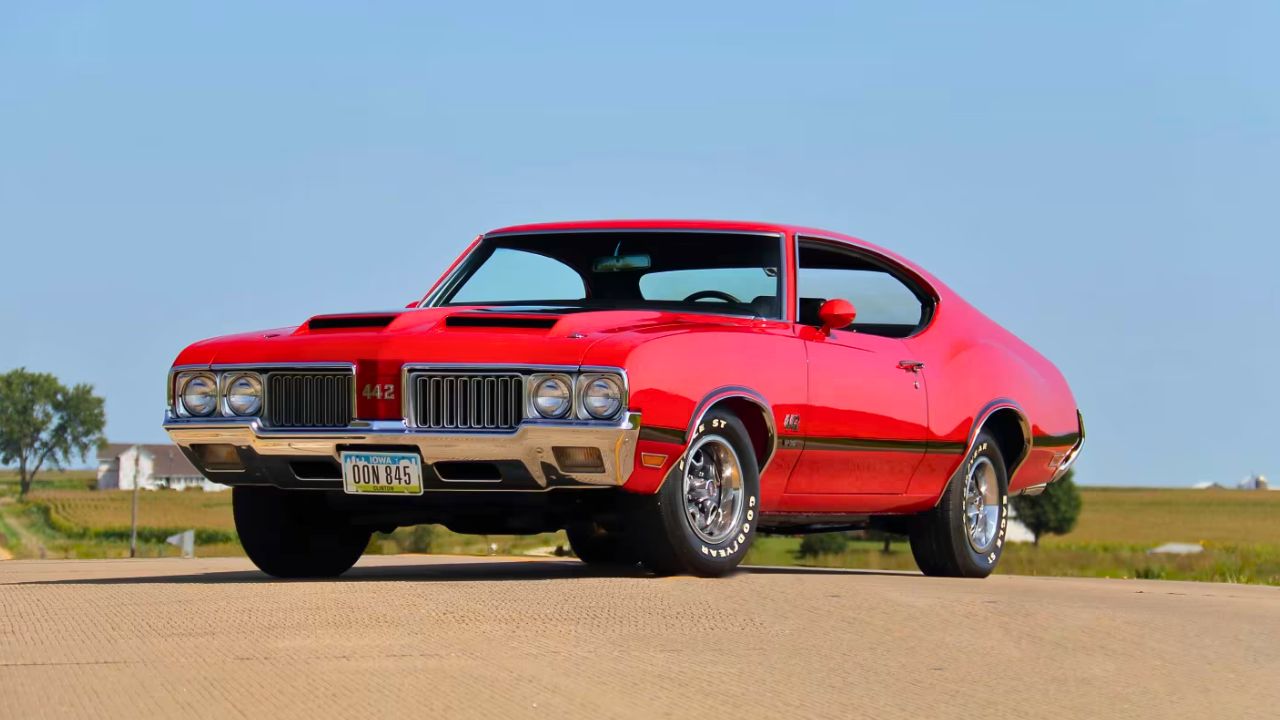
The 442 W-30 came with a 455-cubic-inch V8 underrated at 370 horsepower—but everyone knew it was making more. It had 500 lb-ft of torque, a functional Ram Air hood, aluminum intake, and beefed-up internals. It was a factory hot rod with manners.
Oldsmobile wasn’t known for raising hell, but the W-30 did exactly that. It turned the 442 into a serious street contender and helped broaden the muscle car map beyond just Chevy, Dodge, and Ford.
1966 Chevrolet Nova SS L79
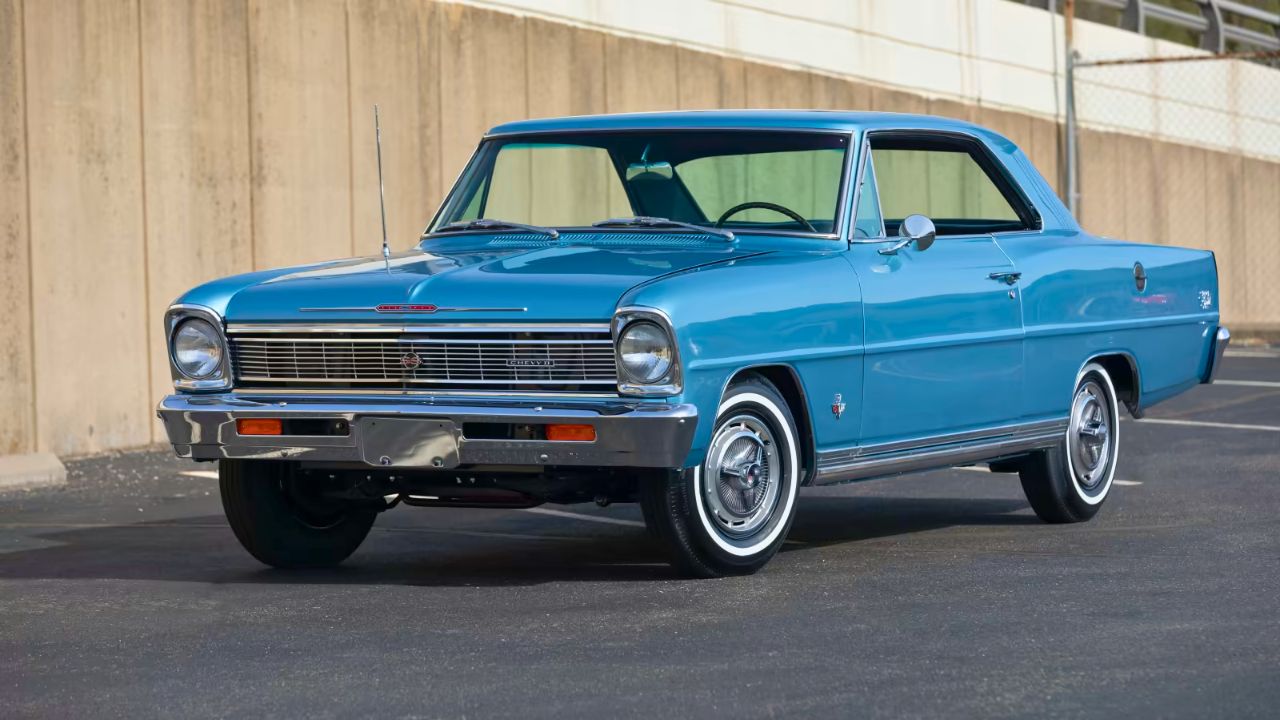
The Nova SS L79 was a small car with a serious attitude. It packed a 327-cubic-inch V8 with 350 horsepower into a lightweight frame, making it one of the best sleepers of the era. Zero to 60 in under six seconds was no joke in 1966.
It looked pretty tame, which made it even better for surprising larger, heavier muscle cars at stoplights. The L79 Nova proved that you didn’t need big cubes to leave a big impression.
*This article was hand crafted with AI-powered tools and has been car-fully, I mean carefully, reviewed by our editors.

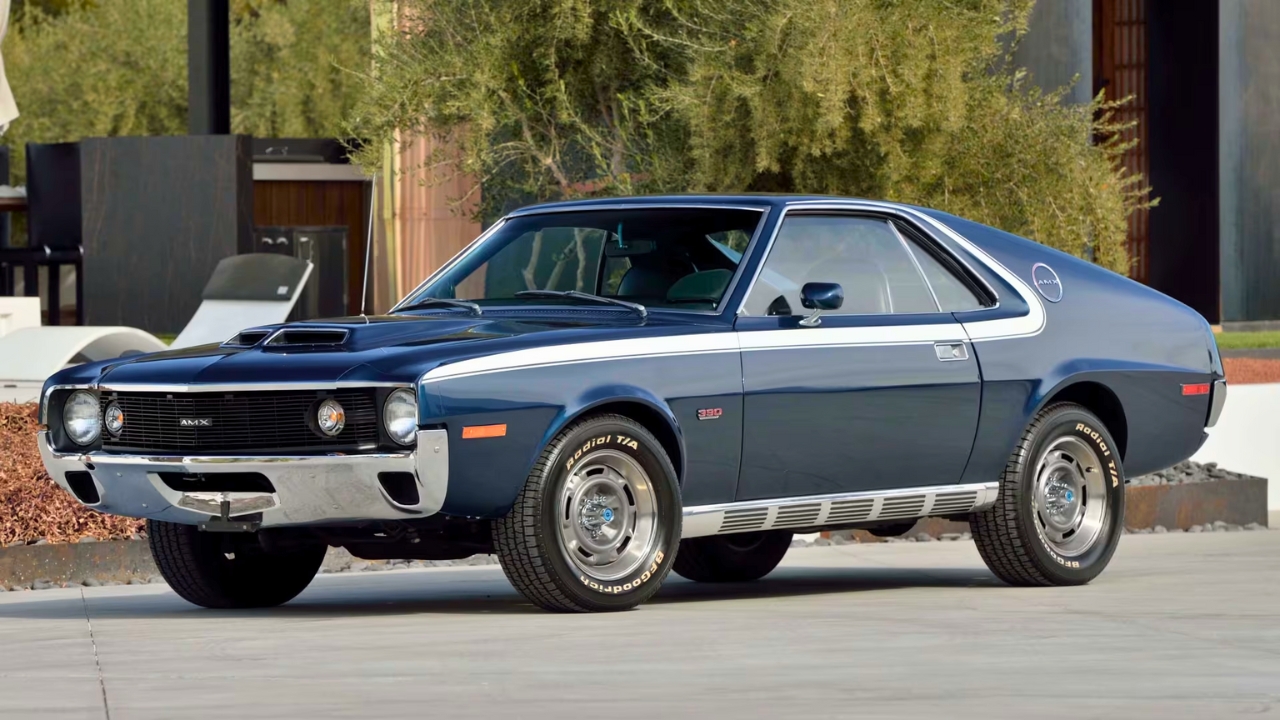
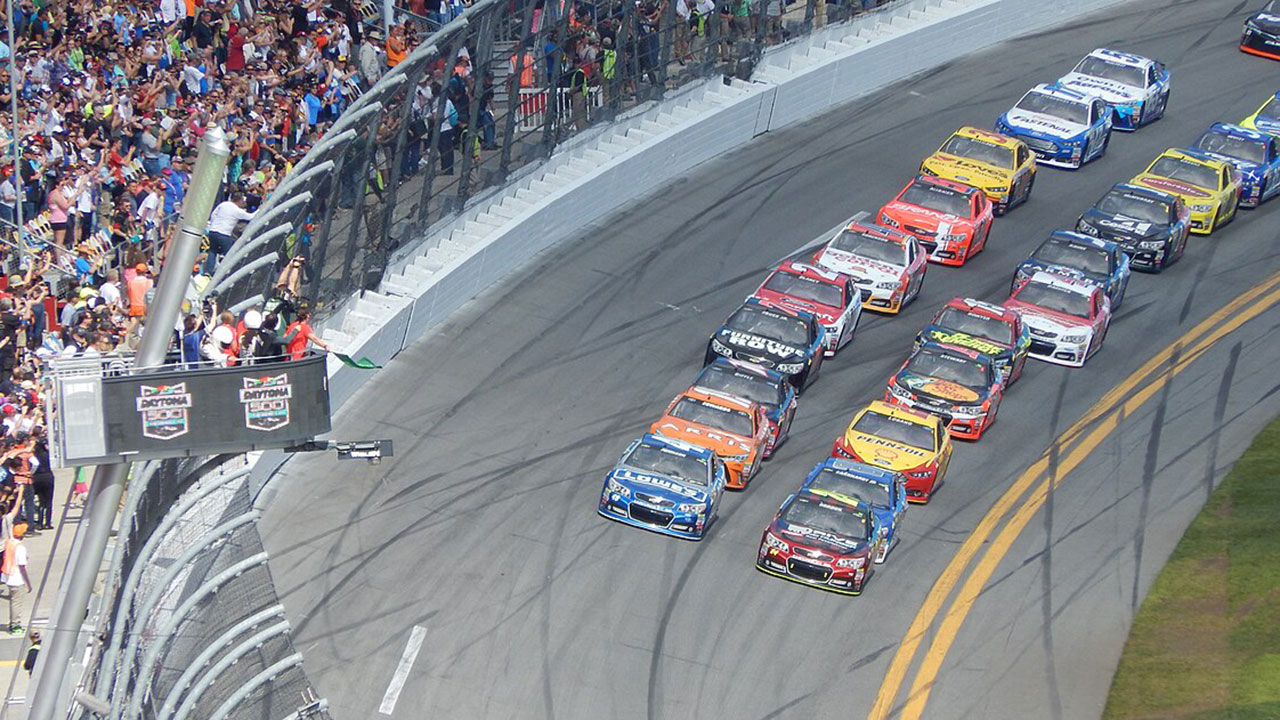

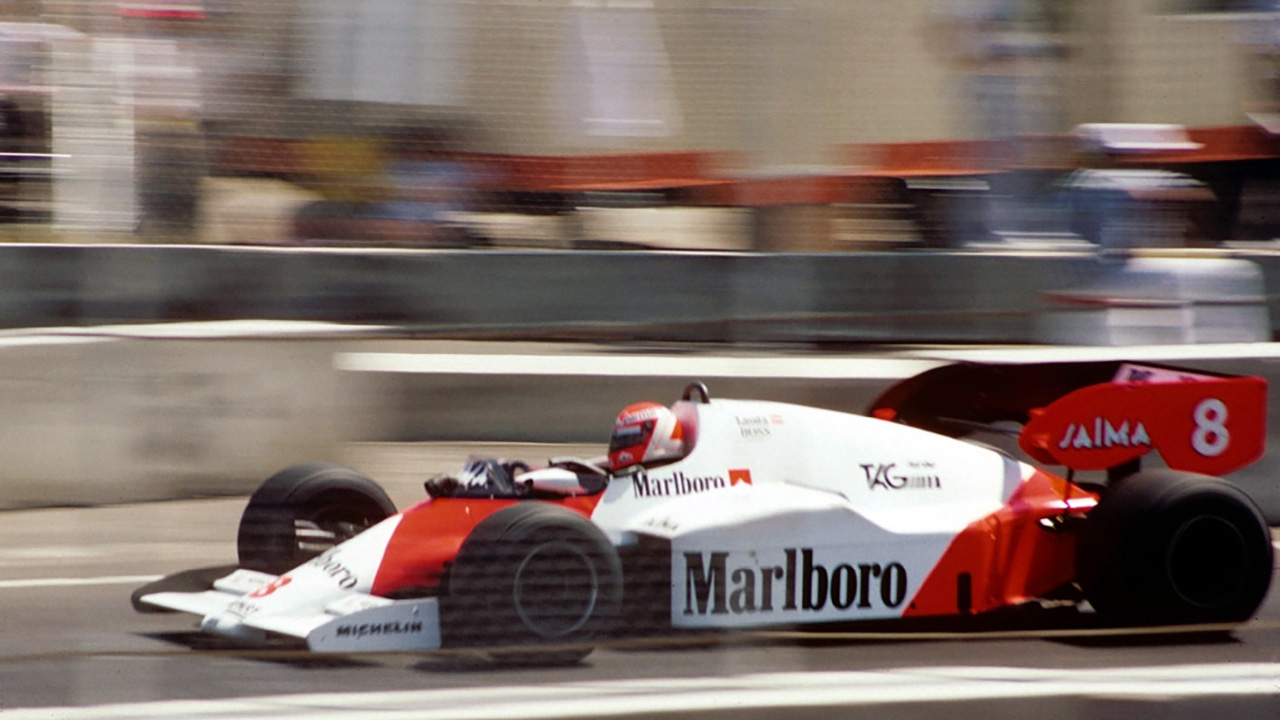
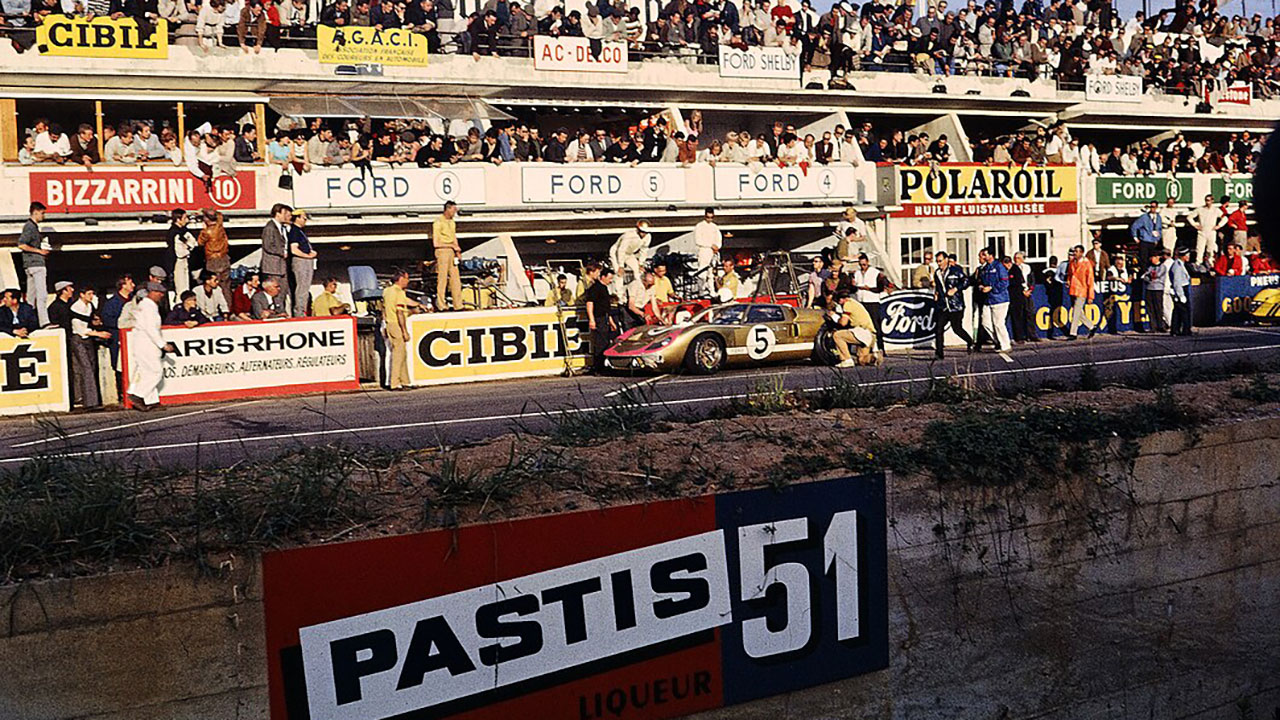
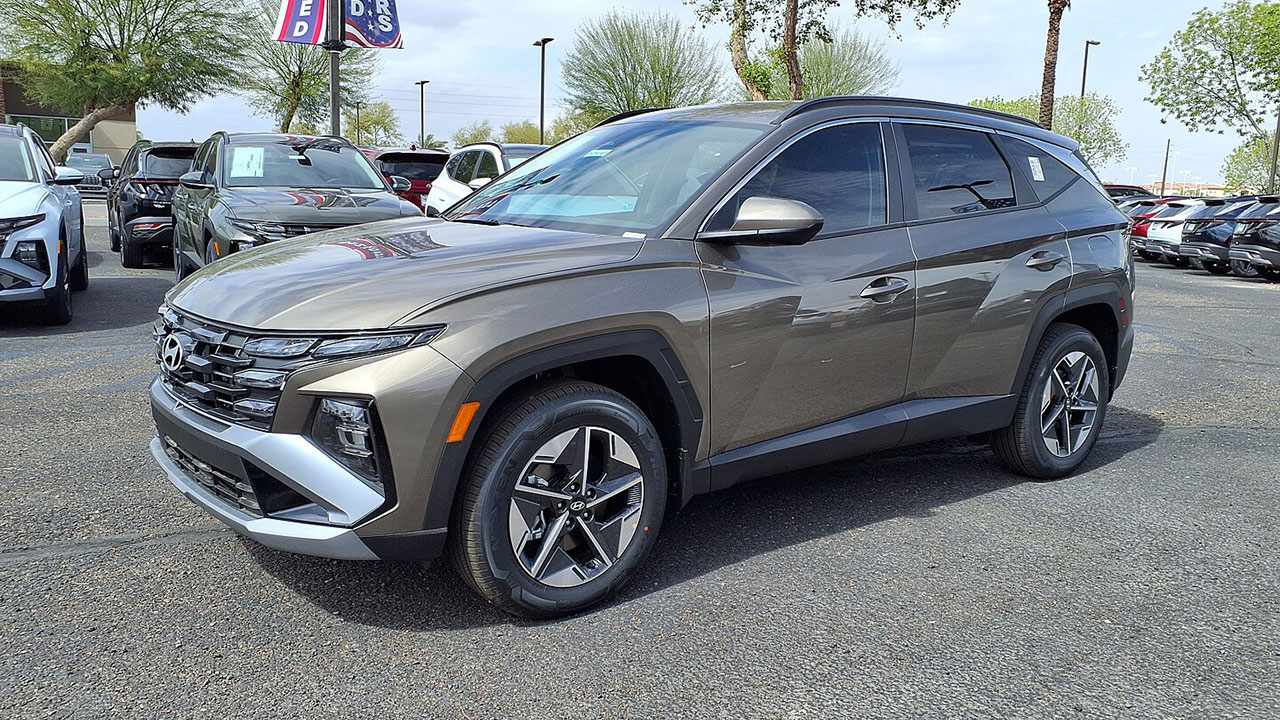
Leave a Reply